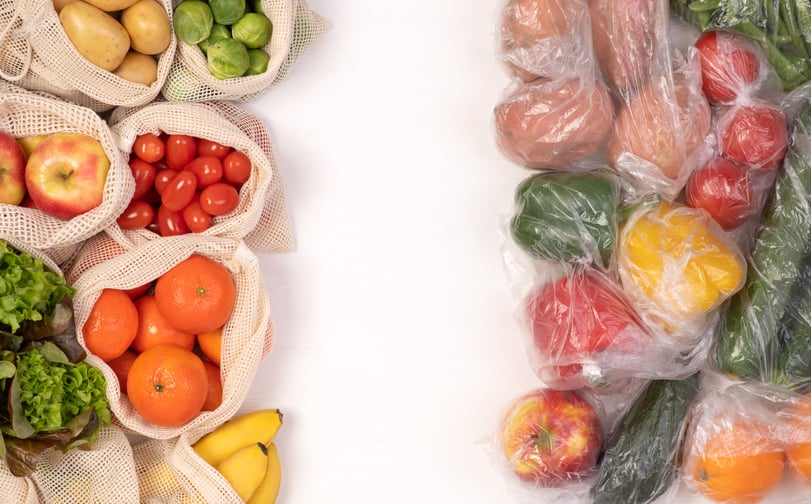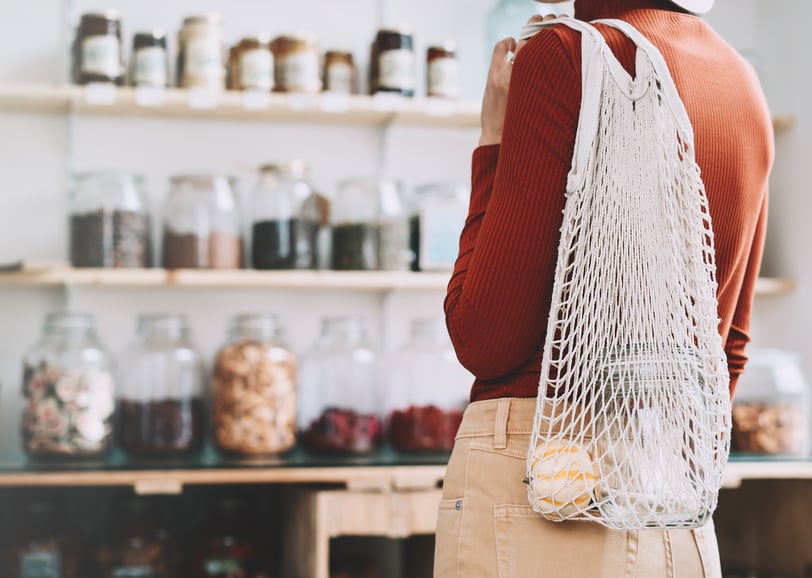
In recent years, the food packaging industry has seen huge growth in new product innovation and eco-friendly systems centred around product reuse and circular consumption models, with numerous major players rolling out eco-conscious packaging systems to aid in reducing their carbon footprint and offsetting their annual waste production.
McDonald’s have spearheaded the concern with the adoption of a to-go cup scheme whereby a deposit is paid by the user for a takeaway cup, which is then returned to a participating collection point after use--where the cup is sterilised---and the deposit returned. The system, introduced by eco cup creators Loop, will allow for 100 deployments of each cup, far outweighing the usability of previously adopted containers.
Similarly, numerous food outlets have introduced discount offers to customers who bring their own cups and food containers to shop, while independent food retail has seen the birth of zero waste supermarkets in recent years, whose primary purpose is to service customers who bring their own packaging, cutting out the need for single-use plastics and packaging.

While the growing national concern for non-reusable packaging use has greatly influenced consumer buying habits and driven innovation in recycled goods in recent years, the coronavirus pandemic has set forth the need for hygiene measures that will likely remain integrated into the consumer experience for an indefinite period moving forward.
Indeed, the paradigm of maximal reusability and minimal waste output that has for several years been championed by climate change experts now looks increasingly under threat. It is, then, now necessary to re-evaluate and, through innovation, seek to incorporate effective, sustainable packaging solutions into both the supply and retail space that serve to adequately house and protect our goods in a hygienic, sanitised manner, whilst serving to offset the UK’s non-recyclable material output.
Globally, foodborne outbreaks have reduced significantly in the last 12 months, indicating the role personal hygiene efforts can play in lowering disease risks, leading industry professionals to ask, should more emphasis be placed on effective sanitation practices where packaging reuse is concerned, and will it serve to speed up a more widespread adoption of material reuse in the everyday consumer experience?
In the case of poultry and fresh meat packaging, reusable solutions have yet to be developed for common adoption, keeping the UK’s single-use packaging waste output at over 2.5 million tonnes per year.
Nevertheless, where economic and commercial viability is concerned, the market points to a multipronged approach, reinforcing plastic’s place through efforts such as opportunistic reuse (when products originally designed for single use are re-purposed for other uses), an increase in returnable packaging production and greater research into compostable material use, leading to an emphasis on net zero and negative carbon plastic products.